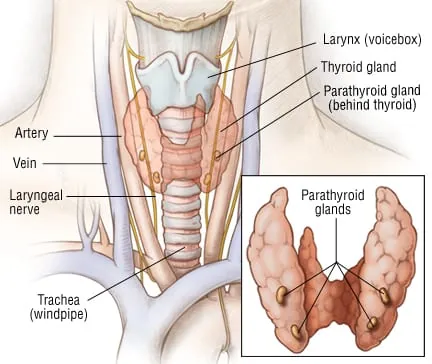
New Study Reveals Surprising Results for Advanced Head and Neck Cancer Treatments!
2024-11-18
Author: John Tan
A recent study has put a spotlight on the efficacy of two different treatment approaches for patients with advanced head and neck squamous cell carcinoma (HNSCC) who cannot tolerate cisplatin chemotherapy. Patients often face the tough choice of sticking with traditional treatments or shifting to newer options. The research focused on the combination of concurrent radiotherapy with either cetuximab, a commonly used monoclonal antibody, or durvalumab, a groundbreaking immune checkpoint inhibitor.
Key Findings:
**Progression-Free Survival Rates:** After two years, the progression-free survival (PFS) rates stood at 63.7% for patients treated with cetuximab, while those receiving durvalumab showed a lower rate of 50.6%. This translates to a hazard ratio (HR) of 1.33, indicating no significant difference in efficacy between the two groups.
**Safety Concerns:** Notably, a concerning number of grade 3-4 adverse events were recorded, with 79% of the cetuximab group and 61% of those receiving durvalumab experiencing severe side effects. Most frequent among these were dysphagia (difficulty swallowing), lymphopenia (low lymphocyte count), and oral mucositis (inflammation of the mouth).
**Locoregional Failure:** At the two-year mark, 31.3% of patients in the durvalumab group faced locoregional failure compared to only 18.9% for the cetuximab cohort, highlighted by an HR of 1.71. While this figure suggests a greater risk for patients on durvalumab, it remained statistically non-significant.
**Distant Metastasis and Mortality Rates:** The rates for distant metastasis were also explored, with 9.5% of the durvalumab group developing it compared to 12.1% in the cetuximab group. Competing mortality was reported at 8.6% for durvalumab and 5.3% for cetuximab, both of which were deemed non-significant in terms of treatment efficacy.
Despite the enthusiasm for immune checkpoint inhibitors in oncology, this study raises questions about the effectiveness of durvalumab compared to the more established cetuximab, particularly in patients unable to receive cisplatin. The trial included a diverse population with varying stages of HNSCC and aimed to provide insights into the best therapeutic approaches.
What’s Next?
The study’s limitations, including its sample size, suggest that further research is necessary to validate these findings. As more data emerges, oncologists are urged to remain vigilant in monitoring treatment responses and adapting strategies for managing advanced HNSCC.
Could this new study change the standard of care for HNSCC? Patients and healthcare providers will need to consider these results carefully as they navigate treatment options.
The implications of this research underscore the perpetual tug-of-war between tried-and-true methods and innovative therapies in cancer treatment. While patients understandably seek the newest options for enhancing their chances of survival, this study serves as a crucial reminder that established treatments may still hold substantial advantages. For those battling this challenging disease, understanding the nuances of their treatment options is essential for making informed decisions.
Stay tuned for more updates as we delve deeper into the world of cancer research and therapeutic developments!
 Brasil (PT)
Brasil (PT)
 Canada (EN)
Canada (EN)
 Chile (ES)
Chile (ES)
 Česko (CS)
Česko (CS)
 대한민국 (KO)
대한민국 (KO)
 España (ES)
España (ES)
 France (FR)
France (FR)
 Hong Kong (EN)
Hong Kong (EN)
 Italia (IT)
Italia (IT)
 日本 (JA)
日本 (JA)
 Magyarország (HU)
Magyarország (HU)
 Norge (NO)
Norge (NO)
 Polska (PL)
Polska (PL)
 Schweiz (DE)
Schweiz (DE)
 Singapore (EN)
Singapore (EN)
 Sverige (SV)
Sverige (SV)
 Suomi (FI)
Suomi (FI)
 Türkiye (TR)
Türkiye (TR)
 الإمارات العربية المتحدة (AR)
الإمارات العربية المتحدة (AR)